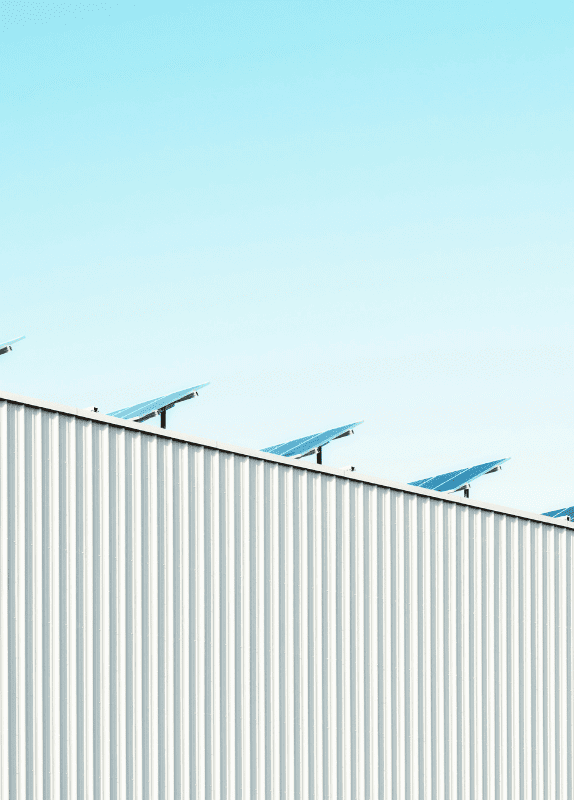In 2025, Angola will be out of the worst debt-service pressure cycle. Servicing the debt costed Angola 16.2% of GDP in 2023 and 12.8% in 2024, and it is projected at 11.9% in 2025. These high levels of debt were partly caused by the sharp 2023 depreciation, which brought public debt to 73.9% of GDP. Public debt is projected to reduce to 58.5% in 2024 and 52.1% in 2025. Efforts to ease pressure from debtors was achieved through an agreement with its main bilateral creditor, China, which provides more flexibility to Angolan authorities to access funds in the escrow account, lowering debt-service pressure. Angola currently owes China around USD17bn, and in 2023 a three-year moratorium which paused debt payments to the Asian nation ended.
Given this pressured debt position, Angola is identifying new sources of financing for the mid to long term. Angola is planning to tap international markets in 2025 as yields fall in an expected continuation of the US Federal Reserve easing cycle. An issuance between USD500mn and USD1.5bn is being considered, according to the finance minister. In parallel, authorities are discussing a potential new program with the International Monetary Fund, the last program with the IMF in 2018 was worth USD3.7bn. Furthermore, a debt-for-nature-swap is being considered following Gabon's 2024 issuance. Since early 2024, the global index indicating the performance of all Angola’s hard currency debt has decreased by 8pps but it remains 12pps above pre-pandemic levels. The reduced pressure on Angola’s debt profile should also reduce pressure on the kwanza, which has depreciated by 9pps in 2024, making it one of the worst performers among African currencies. In late 2024, the Banco Nacional de Angola took initial steps to increase hard currency liquidity by mandating banks to trade 30% of their hard currency holdings to the interbank market or to the BNA. Yet, the Angolan kwanza is projected to depreciate further into 2025 without further moves to strengthen the currency by the BNA. The move by the BNA comes after a slight improvement in the banking system, which saw non-performing loans increase sharply in 2023 to 15%, and that remains under pressure from a loss-making banks accounting for 6% of the total system assets.
On the fiscal front, Angola remains highly dependent on oil revenue, which represented around 60% of all government income in 2024. Yet, oil revenues are projected to decrease in the mid-term due to falling global oil prices, maturing oil fields and the lack of investment. In an effort to improve its sustainability, the government is in the midst of rebalancing the budget. Since 2023, oil subsidies have been slashed by almost 50%, increasing oil prices by almost 90%, and further subsidy elimination is expected in 2025. In parallel, a privatization drive is also ongoing. In 2024, the state listed 30% of banking and insurance public assets on the Angola stock exchange, raising more than USD74mn. In 2025, a further privatization pushed is expected. As a consequence, government subsidies have already felt some relief, falling from 3.8% of GDP in 2023 to an expected 1.4% in 2025. This will bring the overall fiscal balance to 1.6% of GDP in 2024, and 1.3% in 2025, making Angola among the few countries in the entire African continent with a forecasted positive fiscal overall balance.











